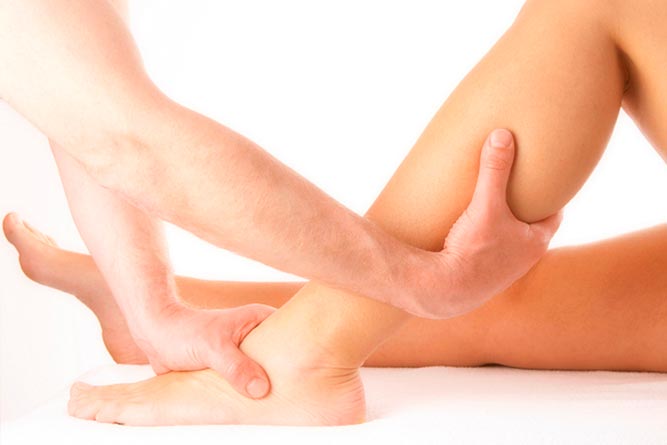Have you ever wondered why stretching can be so uncomfortable once you reach your limit? How your internal organs stay where they are? Or how your muscles stay connected to your bones? Yes, this does sound like a biology lesson, but it’s important to read on!
Well, the answer is fascia. Fascia is the network of connective tissue wrapping around each of your muscle fibres, connecting your muscles, bones, tendons, ligaments and blood pathways. Fascia basically holds your whole body together. Think of it as your glad wap holding your packed lunch ingredients where they need to stay.
 It is important to keep your fascia healthy to allow for appropriate flexibility, movement and strength. Healthy fascia means more blood flow, which makes recovering from exercise easier (and possibly faster), reducing the chances of injury and as a result may increase sporting performance. Healthy fascia means reducing the appearing of stretch marks and cellulite and breaking down scar tissue. Keeping your fascia healthy and flexible may mean you will have less pain and discomfort through your day to day life.
It is important to keep your fascia healthy to allow for appropriate flexibility, movement and strength. Healthy fascia means more blood flow, which makes recovering from exercise easier (and possibly faster), reducing the chances of injury and as a result may increase sporting performance. Healthy fascia means reducing the appearing of stretch marks and cellulite and breaking down scar tissue. Keeping your fascia healthy and flexible may mean you will have less pain and discomfort through your day to day life.

It is important to treat any restriction in fascial barriers as it can lead to tightness, adhesions and create active trigger points within muscles. ‘Un-healthy’ fascia can be the result of a number of things, including sedentary lifestyle and poor posture: desk posture is a big one! Dehydration, overuse or injury to muscles and even unhealthy eating habits can also cause fascial dysfunction.
Luckily there are ways in treating your fascia! Here are 7 tips to keep your fascia and your body happy:

- Stretching for 10mins a day – stretching helps to elongate (lengthen) your muscles, helping to release tension in them and their invested fascia.
- Foam rolling – will help to create improved blood flow, reducing trigger points and muscle tension.
- Heat – will also help improve blood flow to the area, promoting relaxation and may assisting in injury repair to your muscles.
- Cold therapy – reducing inflammation and swelling from an acute, sudden onset, injury or after a workout.
- Cardio-based exercise – movement is important to keep your body functioning healthily and at it’s best,
- Hydration – every cell in our body has a water component to it and it even goes into our cellular energy equation. Ensuring that you’re appropriately hydrated will mean optimal performance and repair.
- Get professional help – if you have long term soreness and tightness and haven’t had any relief from the above at-home methods, its time you source out help by a professional.
This is where we come in.
How we can help! As a myotherapist, we will use a hand-on technique to your restricted fascial and related muscular tension, helping to release myofascial trigger points causing you pain and discomfort. If you’ve read this and it sounds familiar you can book in your appointment today!
